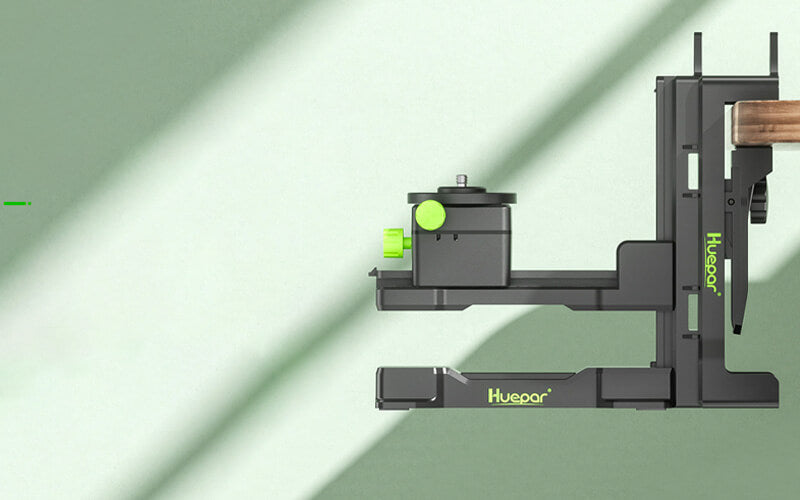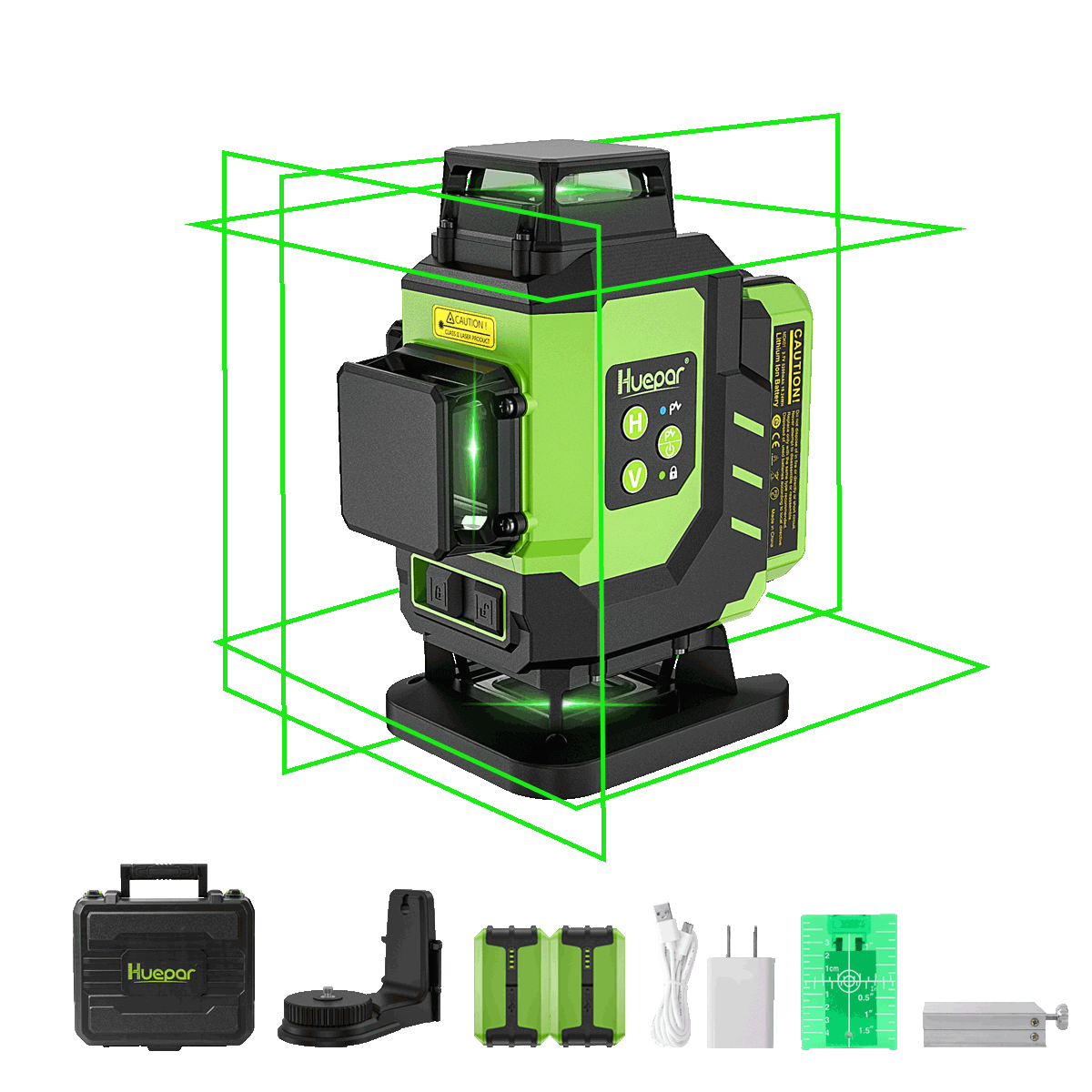Upgrade Your Precision: Top Sales on 3D Laser Levels for DIY Enthusiasts
Understanding 3D Laser Levels
What is a 3D Laser Level?
A 3D laser level is a high-tech tool for making precise layouts. It projects lines on walls, floors, and ceilings. This helps in installing tiles, shelves, and more. It can shoot three - X, Y, and Z. This gives a full room layout. Angles and leveling become easy with a 3D laser. It's perfect for any DIY job that needs straight lines or perfect squares.

Benefits of Using 3D Laser Levels for DIY Projects
3d laser levels are a game-changer for DIY fans. They make tasks precise and quick. With one tool, you can project lines on walls, floors, and ceilings. This makes hanging pictures, fitting tiles, or installing shelves easier. The accuracy they offer means fewer mistakes and less waste. They also save time. You won't need to mark lines with a pencil. These levels are also simple to use. Most have features like self-leveling. This gives you perfect lines with no guesswork. So, your projects look pro every time.
Key Features to Look for in a 3D Laser Level
When shopping for a 3D laser level, focus on these features:
- Accuracy: Precise lines are vital. Look for high accuracy ratings.
- Self-leveling: Choose models that adjust themselves. This saves time.
- Visibility: Ensure the laser is bright enough. You want to see it in various light conditions.
- Battery Life: Longer battery life means less interruption during work.
- Durability: A robust construction can withstand the rigors of DIY tasks.
- Mounting Options: The level should attach to different surfaces or tripods.
Choose a level with these traits for the best DIY outcome. They help achieve straight lines and accurate measurements.
Selecting the Right Cross Line Laser Level
Types of Cross Line Laser Levels
When looking for a cross line laser level, you'll find various types on the market.
- Dot Lasers: Projects simple dots and ideal for basic tasks.
- Line Lasers: Emit single or multiple lines for aligning work in one plane.
- Rotary Lasers: For projects needing a 360-degree level line around a room.
- Combination Lasers: Offer features of line and dot lasers for versatile use.
- Green Laser Levels: Use green light, which is more visible to the human eye than red.
Choose based on your project's scope and the level of precision you need.
Applications of Cross Line Laser Levels in DIY
Cross line laser levels are a game-changer for DIY lovers. They're used in a range of projects. You can hang pictures and shelves with precision. They help in painting straight lines on walls. They're great for installing tiles and cabinets. They even aid in laying out lighting fixtures. Each use showcases how they can upgrade home projects. In short, they make every job more accurate and professional-looking.
How to Choose the Best Cross Line Laser Level for Your Needs
When picking a cross line laser level, consider these points:
- Project Size: For bigger tasks, get a robust model. Small jobs might need a lighter tool.
- Laser Brightness: Bright lasers work well in sunlight. In dim areas, a less intense beam is fine.
- Battery Life: Longer projects need a long-lasting battery. Check the battery life before buying.
- Mounting Options: Make sure the level can fix to walls or fit on a tripod.
- Durability: A good laser level should resist dust and water. Look for an IP rating.
- Ease of Use: Pick one with simple buttons and a clear display. It should be user-friendly.
- Warranty: Choose products with a warranty. This gives you protection against defects.
Consider these factors to find a level that fits your DIY needs. Match the tool to your specific tasks.
The Importance of Tripods for Laser Levels
Why a Tripod Can Make or Break Your Leveling Accuracy
A steady base is key for precise leveling work. Where does a tripod come in? It holds your laser level firm. This prevents errors from hand shaking or surface bumps. With a tripod, your level stays set at the exact height you need. It's a must for jobs that need high accuracy. No wobble means straight lines every time. Whether it's hanging pictures or laying tiles, a tripod is your ally for perfection.
Tripod Varieties and Compatibility with Laser Levels
- Flat Head Tripods: Ideal for most rotary and line lasers. They provide a stable base.
- Dome Head Tripods: Good for lasers with a plumb down point. The dome allows smooth rotation.
- Elevator Tripods: Feature an adjustable center column for extra height. Useful for ceilings.
- Heavy-Duty Tripods: Built for outdoor use and uneven terrain. They can support heavier lasers.
- Compatibility Check: Ensure the tripod thread matches your laser model for secure mounting.
Tips for Setting Up Your Laser Level with a Tripod
Using a tripod with your laser level is key for achieving precise results. Here are some tips to set it up right:
- Make sure the tripod is on a stable and level surface before attaching the laser level.
- Adjust the tripod legs to the necessary height and check that it's still level after adjustment.
- Secure the laser level tightly onto the tripod head to prevent any movement during use.
- If your tripod has a bubble level, use it to ensure your device is perfectly horizontal or vertical.
- Take your time aligning the tripod; small adjustments can make a big difference in accuracy.

















